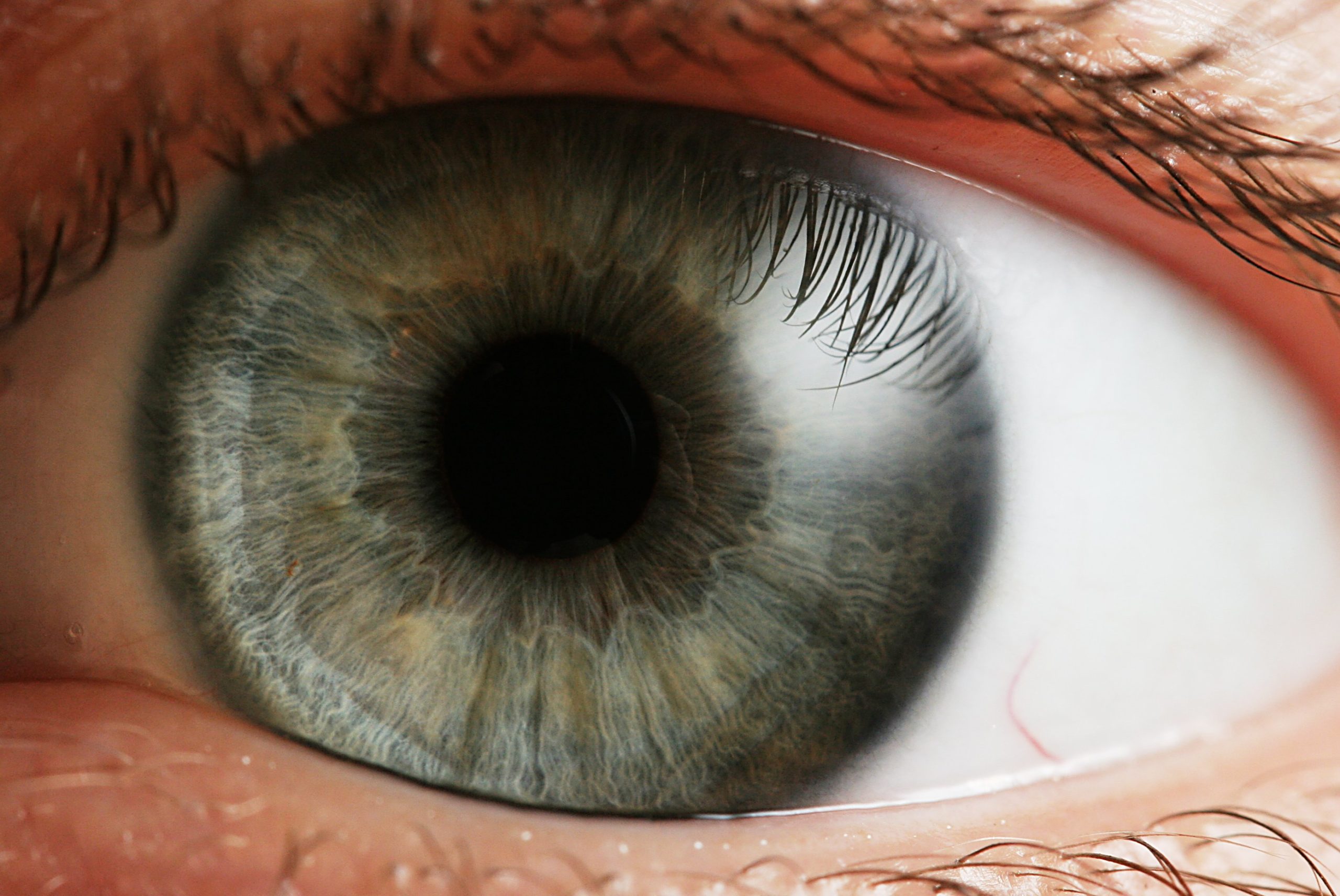News
See what’s new in the field of hereditary eye diseases
Blog managed by the DBGen team, with updated therapies, news and events involving hereditary eye diseases. We invite you to take part in this forum.
Filters
Category list
Subscribe to our blog
DBGen takes part in BIOSPAIN 2023
BIOSPAIN 2023, one of the largest European events aimed at biotechnology companies, is held this week in Barcelona (Fira de Barcelona - Montjuïc Av. Reina Mª Cristina). This congress brings together more than 850 state-of-the-art companies in the fields of health, sustainable agriculture and solutions against climate change. BIOSPAIN 2023 presents news on clinical and genetic diagnosis and development...
Applying massive sequencing to identify mutated genes in hereditary eye diseases
An agreement between the University of Barcelona spin-off DBGen Ocular Genomics and the company Novartis España will enable the genetic identification of retinitis pigmentosa (RP) and Leber congenital amaurosis (LCA) in affected patients. Hereditary retinal dystrophies are pathologies affecting more than 20,000 people in Spain and can be caused by more than 200 genes, 70 of which are associated with RP and LCA....
Strabismus as the first symptom of severe congenital disorders
In DBGen we offer a new panel "Panel of Syndromes that occur with Strabismus (Congenital Cranial Dysinnervation Disorders)" designed specifically for the genetic diagnosis of these pathologies. Strabismus is a disorder in which the two eyes are not aligned. The most common form of strabismus is known as "cross-eyed". In most cases it is harmless and can be corrected. In these...
The College of Biologists of Catalonia (CBC) awards the distinction of «Collegiate of Honor» to Dr. Roser González-Duarte
The College of Biologists of Catalonia (CBC) has held (04.21.23) the 6th edition of the Biologist's Day Awards. The emeritus professor of genetics and co-founder of DBGen Roser González-Duarte has been awarded as Collegiate of Honor, a category that distinguishes people who have increased the prestige of the profession due to their academic and scientific merits. The DBGen team...
World Rare Disease Day. Interview with a patient
Today is the World Day for Rare Diseases, that is, diseases that affect less than 1 in 2,000 people. Most of these diseases are pediatric and a premature diagnosis opens the door to treatments to stop or slow down the onset of symptoms. Their low frequency makes them largely unknown to most of the population and makes their detection...
DBGen Fifth Anniversary and Summary of 2022
A new year begins and DBGen wants to commemorate the arrival of the New Year by highlighting the main professional events and advances and acknowledging the contribution of all our patients and collaborators . External Recognitions: At DBGen we stand firmly in our commitment to offer high-quality, reliable and affordable genetic diagnosis. One year more, we have renewed the...






